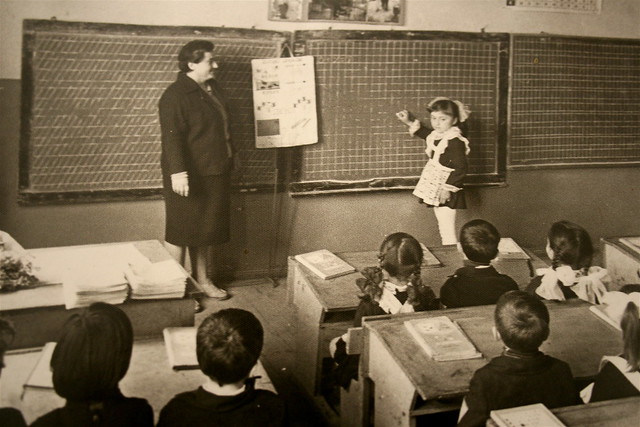I. OBJECTIVES
At the end of
the discussion the students are expected to:
a. Describes the Assets, Liabilities
and Owner’s Equity and its categories.
b. Recognize the Assets, Liabilities
and Owner’s Equity on the Balance Sheet.
c. Construct the Balance Sheet together with its parts: Assets, Liabilities and Owner’s Equity.
II. SUBJECT MATTER
Topic:
Assets, Liabilities, and Owner’s Equity
Reference:
Technology and Livelihood Education The New Grade 9, pages 293-295
Materials: Power point presentation, video,
receipts, Laptops, projector
III. PROCEDURE
A.
Pre-Activities
1. Drill: The teacher will group the students
into five, give them random receipts, record it into a paper and compute for
the total purchase.
2. Motivation: The teacher will show the students a
video presentation of the concept of Accounting:
Then,
the teacher will ask them: What is the role of Accounting in the business?
4. Presentation: The teacher will present the lesson
for today: Assets, Liabilities and Owner’s Equity by showing an example of
Balance Sheet on the power point presentation. The
teacher will present the categories of Assets, Liabilities and Owner’s Equity with
examples via power point presentation.
B. Activity Proper: The five groups will be given terms,
discuss the terms in the group and identify them if the term belongs to Assets,
Liabilities or Owner’s Equity. Then, a representative from each group will
explain why the given terms belong to Assets, Liabilities or Owner’s Equity.
C. Analysis: The teacher will ask the students:
1.
What do you think is the role of Balance Sheet in the Business?
2. How do Assets, Liabilities and
Owner’s Equity connect with each other?
D. Abstraction: The teacher will show again a Balance
Sheet and ask the students to explain the terms seen in the Balance Sheet.
E. Application:
The five groups should have one laptop and they will be given terms with amount and ask them to construct a
balance sheet using Microsoft Word or Microsoft Excel (recommended).
IV. EVALUATION
A.
Identification: Identify the following statement.
1.
These are assets that are not expected to be converted into cash within a
period of one year. ANS: Noncurrent Assets
2.
This refers to the amount retained from profits. ANS: Retained Earnings
3.
These are what a business owes to others for resources that were furnished to
the business.
4.
These are noncurrent assets that have physical substance. ANS: Tangible Assets
5.
This pertains to the amount the owner has invested in the business. ANS:
Owner’s Equity
B.
Identification: Identify if the term is Asset, Liabilities or Owner’s Equity.
1.
Land
2.
Salaries Payable
3.
Retained Earnings
4.
Accounts Payable
5.
Patents
V. ASSIGNMENT
You can use
the internet for these following questions. E-mail your answers to jairusearldizon@gmail.com. Deadline: 12MN.
1. Are
Retained Earning in a business equal or not equal to cash? Explain.
2. Is
goodwill considered an intangible asset? Explain.

















